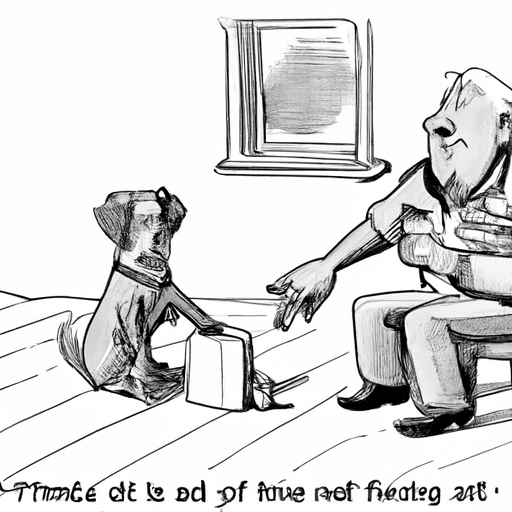As a loving caregiver to your furry friend, you know that accidents can happen. One of the most common, yet worrying, incidents is when your dog’s quick starts bleeding after a nail trim gone wrong. This can be a scary situation for both you and your pet, but it’s crucial to stay calm and know how to get a dog’s quick to stop bleeding.
In this comprehensive guide, we’ll walk you through the steps you need to take to stop the bleeding, prevent infections, and keep your pet comfortable.
Key Takeaways
* Understanding the structure of your dog’s nail
* Steps to stop a dog’s quick from bleeding
* Preventing future incidents of nail bleeding
* Frequently Asked Questions
Table of Contents
- Understanding Your Dog’s Nail Structure
- Steps to Stop a Dog’s Quick from Bleeding
- Preventing Future Incidents
- Frequently Asked Questions
Understanding Your Dog’s Nail Structure
Just like humans, dogs have a sensitive area in their nails known as the ‘quick’. This area is filled with blood vessels and nerves, making it painful when cut or damaged. Knowing this, it’s no surprise that when a dog’s quick is exposed, it bleeds quite a bit. But this guide on dog nail anatomy should help you understand better and avoid cutting into the quick in the future.
Steps to Stop a Dog’s Quick from Bleeding
When the quick of a dog’s nail starts bleeding, your main goal should be to stop the bleeding as quickly as possible. Here’s a step-by-step guide on how to do it:
-
Stay Calm: Your dog can sense your anxiety, which may make them more stressed. Ensure you remain calm and composed.
-
Apply Styptic Powder: This is a must-have for all pet owners. When applied to a bleeding nail, it helps coagulate the blood and stop the bleeding. If you don’t have styptic powder, you can use cornstarch or flour as a temporary solution.
-
Apply Pressure: Use a clean cloth or bandage and apply gentle pressure to the bleeding nail for a few minutes.
-
Comfort Your Dog: Once the bleeding stops, comfort your dog and keep them calm. You can use this time to distract them with their favorite toy or treat.
-
Monitor the Nail: Keep an eye on the nail for a few days to ensure it is healing properly and not showing signs of infection.
Preventing Future Incidents
Prevention is the best way to avoid the stress and pain of a bleeding quick. Here are some tips for safer nail trimming:
-
Use a Grinder: Nail grinders are a safer alternative to clippers, as they gradually reduce the length of the nail, reducing the risk of cutting the quick. This article on nail grinders offers a range of options.
-
Cut Small Amounts at a Time: If you’re using clippers, cut small pieces of the nail at a time to avoid accidentally cutting into the quick.
-
Regular Trims: Regularly trimming your dog’s nails will cause the quick to recede, reducing the risk of cutting into it.
-
Know Your Dog’s Nail Anatomy: Understanding where the quick is can help you avoid cutting into it. For dogs with clear nails, the quick is the pink part. For dogs with dark nails, the quick is harder to locate – you may want to consult with a professional groomer or vet.
Frequently Asked Questions
Q: How long does it take for a dog’s quick to stop bleeding?
A: With proper care and treatment, it should stop bleeding within 5-10 minutes.
Q: What can I use if I don’t have styptic powder?
A: You can use cornstarch or flour as a temporary solution until you can get styptic powder.
Q: Should I take my dog to the vet if their quick won’t stop bleeding?
A: If the bleeding doesn’t stop after 20 minutes of applying pressure, or if your dog appears to be in pain or distress, you should take your dog to the vet immediately.
Caring for a dog isn’t just about feeding them and taking them on walks – it’s also about knowing how to handle emergencies. By following this guide, you’ll be well-equipped to handle one of the most common dog grooming accidents. Remember, the best way to prevent this is to understand your dog’s nail structure and trim their nails carefully.



